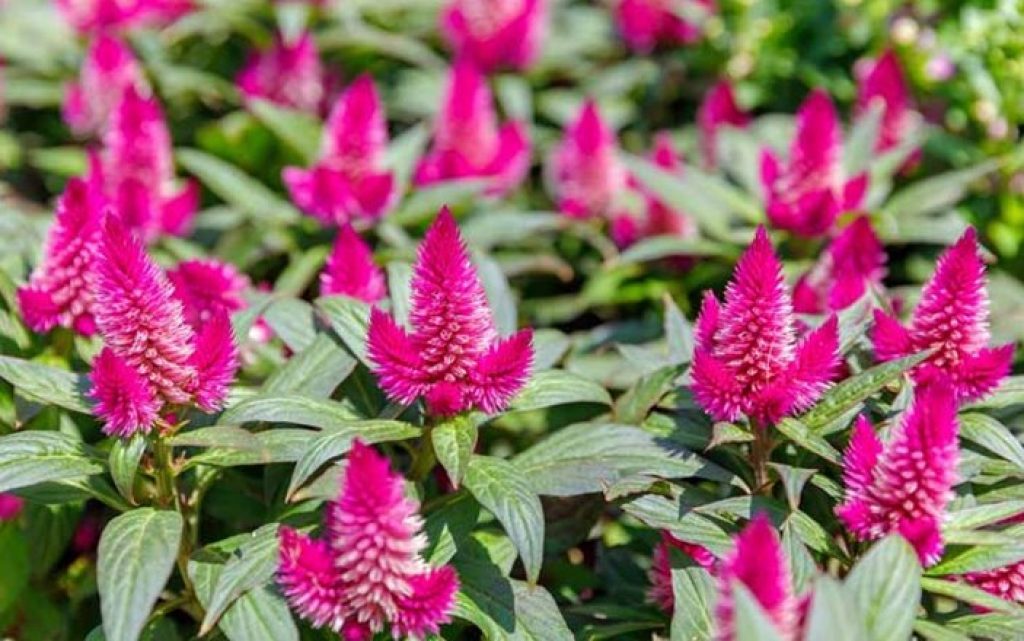Known by common names woolflowers (mfungu in East Africa) and sometimes cockscombs when flowerheads are fascination crested, genus Celosia represents a small number of ornamental or edible plants in the family Amaranthaceae (amaranth family). This family also has beet, glasswort, goosefoot, among others.
Yes, the yellow, orange, red or purple flowerheads of Celosia are stunning, making it charming ornamental. However, you need to know that rabbits eat Celosia or cockscomb, and it is one of the moderately to severly damage plants by rabbits, notes the Iowa State University.

Rabbits tend to like tender plants, a reason why besides eating your cockscombs will also eat gazanias, impatiens, morning glory, pansies, petunias, sweet pea, verbena, pansies among others.
Therefore, if you grow Celosia in your garden, flowerbed, or anywhere, you need to ensure they are protected from wild bunnies, cottontails, hares, or domestic rabbits. Some ways to prevent access to your garden include:
- Use of deterrents and repellents that scare rabbits away, such as electronic rabbit deterrents, have predator odor or unpleasant tasting.
- Modify the habitat to discourage or send them away.
- Consider the exclusion option where you can use barrier fences, electric fences, or tree guards.
- Planting rabbit repellent plants
- Homemade repellents
- Having a dog
More
The most common species of woolflowers are the C. cristata and C. argentea with Celosia argentea var. argentea (Lagos spinach, soko, quail grass, feather cockscomb, or Celosia) serving an annual broadleaf vegetable. Also, the young inflorescences and leaves are added to stews.
